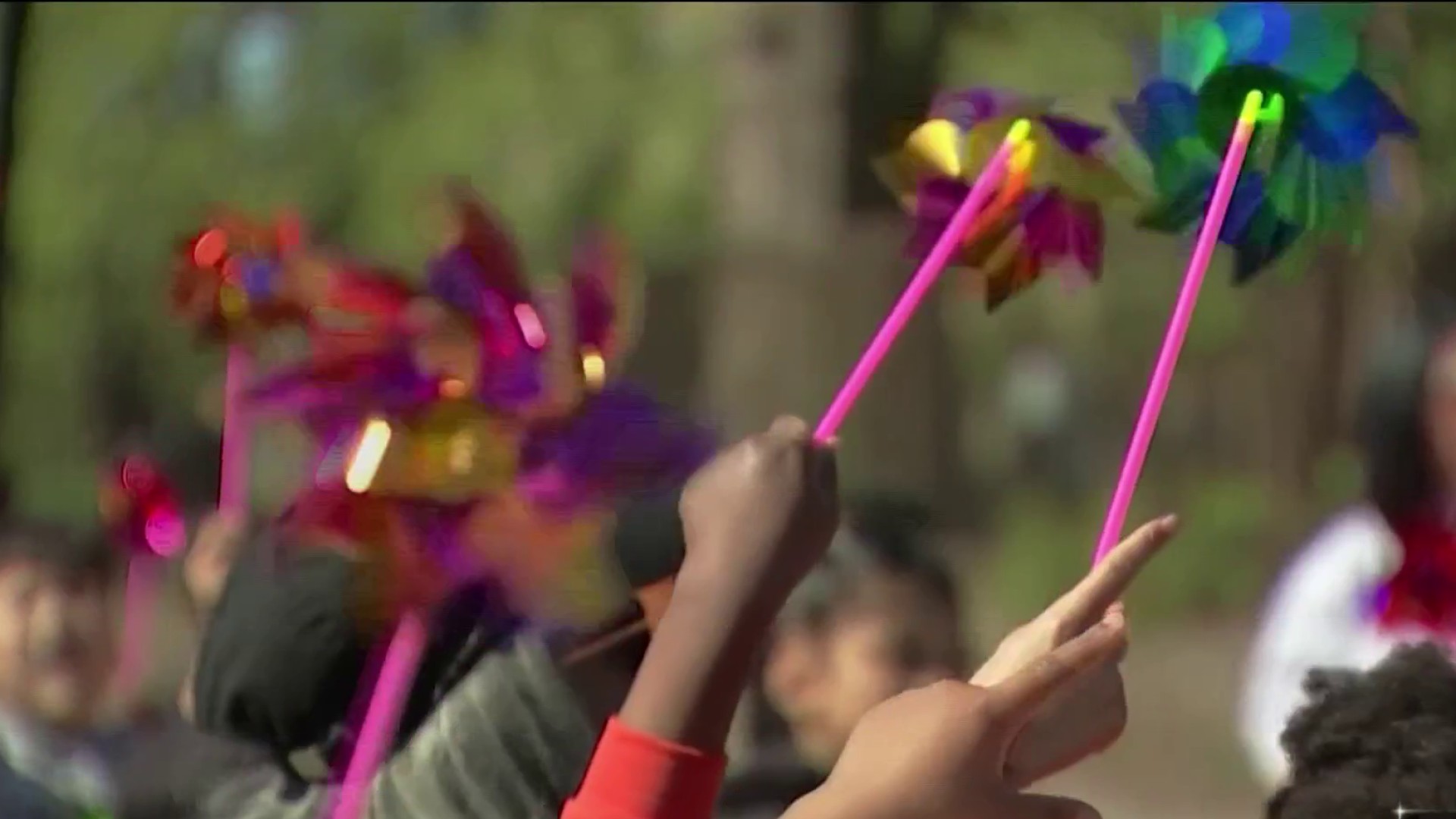There’s too much "bullying” going on says a Philadelphia child psychotherapist. But he’s not just talking about the act, rather overuse of the term -- and that has him concerned.
“We have to be clear, not all inappropriate acts of aggression constitute bullying,” says Charles Williams, associate teaching professor of psychology and education at Drexel University. “It’s wrong and should be addressed, but it’s not necessarily bullying.”
The recent death of 12-year-old Bailey O’Neill is an example of where the bullying line gets blurred. The Darby Township, Pa. boy suffered a broken nose and concussion after a schoolyard fight with two boys in January. A series of seizures after the fight forced him into a medically-induced coma from which he never emerged.
Bailey’s family says he was the victim of bullying, but investigators have stopped short of calling the case a bullying incident. Delaware County District Attorney Jack Whelan says investigators are awaiting autopsy results to determine whether the fight caused the boy’s seizures.
The U.S. Department of Health and Human Services defines bullying as aggressive behavior that happens more than once. It involves one person using physical strength, embarrassing information or popularity to harm another.
“They know that every time they get on that school bus…every time they walk into that locker room they can expect to be bullied,” Williams says. “That’s the hellish psychological nature of bullying that makes it untenable.”
Williams, who is also founding director of the Center for the Prevention of School-Aged Violence, says the repetitive abuse is what causes the most psychological damage and sets apart actual bullying from a single fight.
“Kids are not necessarily going to contemplate suicide or attempt suicide if it’s a one and done kind of thing,” he says.
Williams warns over-labeling incidents as bullying, behavior that could lead a victim to suicide, is dangerous and could water down the term.
Local
Breaking news and the stories that matter to your neighborhood.
“The reason why we have to be careful is because we haven’t gotten a handle on it yet, really in terms of research and practice," he says.
There are two federally-collected studies on bullying. One, the 2008–2009 School Crime Supplement from the National Center for Education Statistics and Bureau of Justice Statistics, found 28-percent of students nationwide in grades 6-12 experienced bullying.
Williams says there needs to be a greater focus, not only on bullying, but on violence as a whole in schools. An idea that U.S. Senator Bob Casey (D-Pa.) says is important.
Sen. Casey has introduced new legislation called the Safe Schools Improvement Act. The law would require schools that receive federal funds to have a code of conduct specifically prohibiting bullying and harassment. States would also be required to keep data on incidents.
“That’s not asking schools to do much and I hope that schools would do this on their own. I hope we wouldn’t need a piece of legislation to do this,” Casey said. He adds that a number of schools have already instituted their own policies to combat violence and bullying.
The Safe Schools Improvement Act is currently in the U.S. Senate Committee on Health, Education, Labor and Pensions. Casey hopes the bill will pass later this year.
“We can’t put our heads in the sand on this issue…where young people are bullied in the way we see every day, we’ve gotta take action.”
As for parents, Williams says it’s important to be vigilant, but adds they can’t immediately cry bullying with every fight. He says rather than fret, teach kids conflict resolution and interpersonal skills to deal with problems.
“You can’t panic every time there’s some interpersonal discord, some type of conflict with your child because it’s going to happen.”



